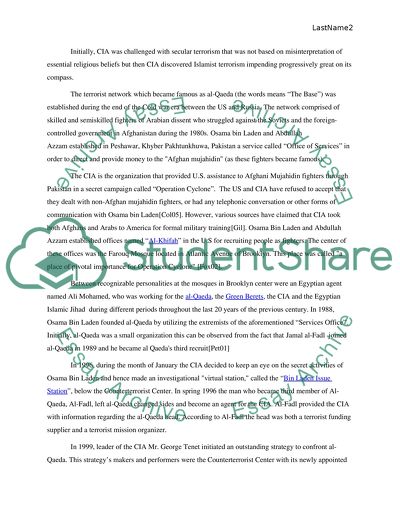Cite this document
(“The CIA role in the war on terror post versus pre 9/11 attacks Research Paper”, n.d.)
The CIA role in the war on terror post versus pre 9/11 attacks Research Paper. Retrieved from https://studentshare.org/military/1457575-the-cia-role-in-the-war-on-terror-post-versus-pre
The CIA role in the war on terror post versus pre 9/11 attacks Research Paper. Retrieved from https://studentshare.org/military/1457575-the-cia-role-in-the-war-on-terror-post-versus-pre
(The CIA Role in the War on Terror Post Versus Pre 9/11 Attacks Research Paper)
The CIA Role in the War on Terror Post Versus Pre 9/11 Attacks Research Paper. https://studentshare.org/military/1457575-the-cia-role-in-the-war-on-terror-post-versus-pre.
The CIA Role in the War on Terror Post Versus Pre 9/11 Attacks Research Paper. https://studentshare.org/military/1457575-the-cia-role-in-the-war-on-terror-post-versus-pre.
“The CIA Role in the War on Terror Post Versus Pre 9/11 Attacks Research Paper”, n.d. https://studentshare.org/military/1457575-the-cia-role-in-the-war-on-terror-post-versus-pre.


